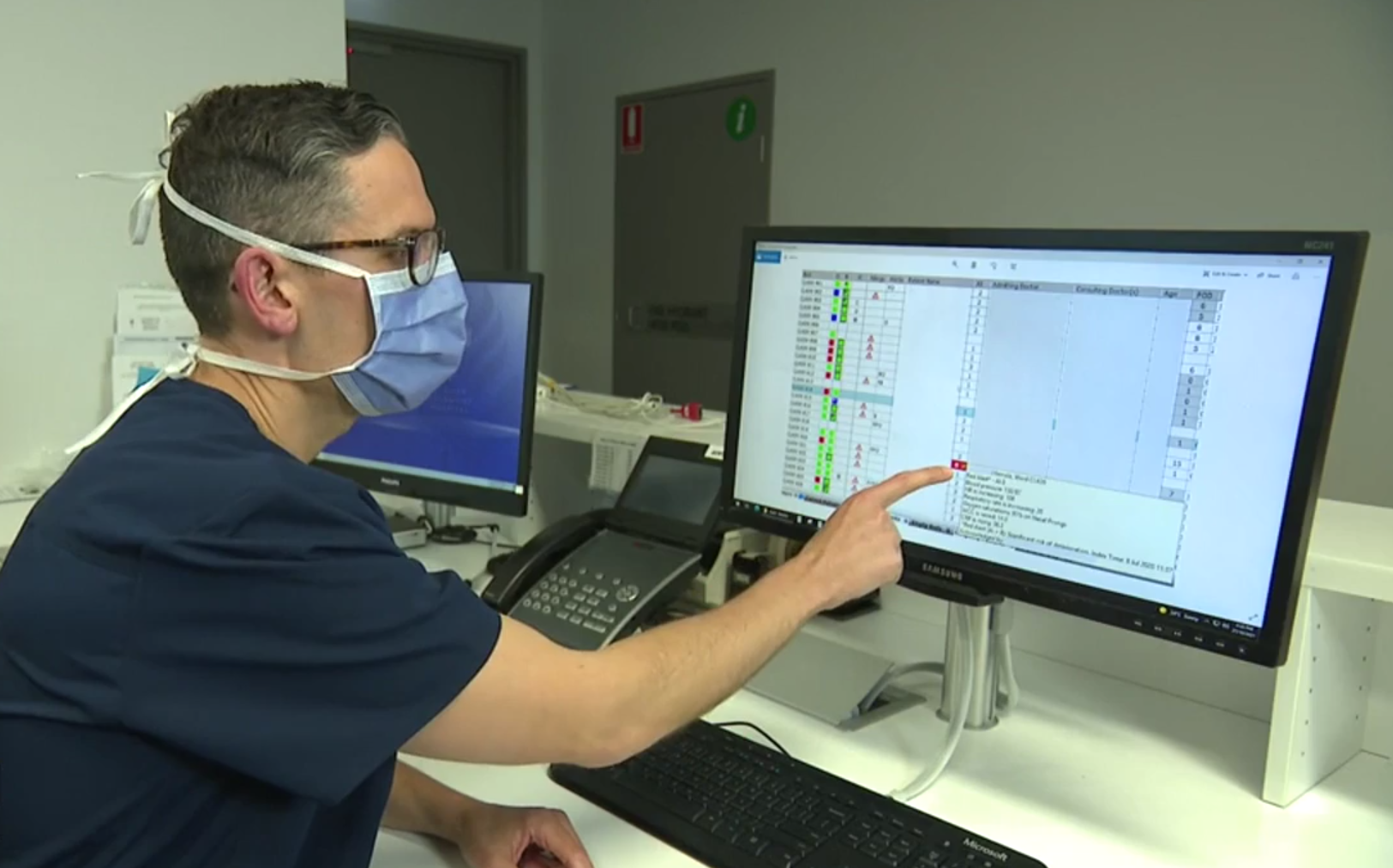An Artificial Intelligence program developed by Sydney doctors predicts patient deterioration up to 48 hours in advance – better than current manual early warning systems
Dr Levi Bassin and Dr David Bellhave have combined their background in cardiothoracic surgery with their respective degrees in computer science and mathematics to develop an algorithm that improves on the existing Early Warning Score system used in NSW public hospitals to detect patient deterioration, known as ‘Between The Flags’.
“When we looked back over patient observation data, we could see that there were trends in patient deterioration that were not raising alerts,” explained Dr Bassin, who is trained in advanced minimally invasive heart procedures.
“This was particularly true at night when fewer staff are on duty. David and I, who both come from a computer modelling background, set out to build a model using machine learning that could pick up a deteriorating trend earlier.”
Dr Bassin and Dr Bell developed the the Ainsoff Index in collaboration with Information Services and clinical teams at the Sydney Adventist Hospital.
The AI model was developed using anonymised patient demographics, ward-based observations, laboratory values and their trends. Using machine-learning techniques, the data was processed to develop a logistic model and deterioration index to predict patient deterioration prior to an adverse event.

Dr Levi Bassin (Nine News)
Initial results published in the Journal of Critical Care Medicine show the statistically derived index is superior to other early warning scores at predicting adverse events while there is still time to intervene.
The deterioration index was tested on historical data acquired from 258,732 admissions at two Sydney hospitals for which there were 8,002 adverse events.
Addition of vital sign and laboratory trend values to the logistic model increased the area under the curve (AUC) from 0.84 to 0.89 and the sensitivity to predict an adverse event 1–48 hours prior from 0.35 to 0.41.
A 48-hour simulation showed that the model had a higher AUC than the Modified Early Warning Score and National Early Warning Score (0.87 vs 0.74 vs 0.71).
During the silently run prospective trial, the sensitivity of the deterioration index to detect adverse event any time prior to the adverse event was 0.369 at one hour prior, and 0.327 at four hours prior, with a specificity of 0.972.